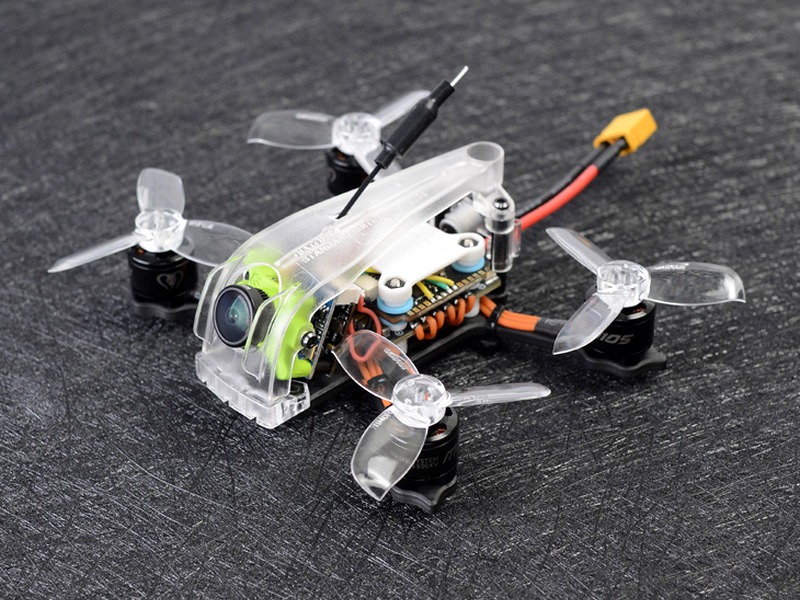HOW FAR CAN 5.8 GHz FPV go?

5.8GHz FPV (First Person View) is an advanced version of FPV, which stands for first person view. It is a type of transmission system that uses radio waves to transmit real-time video footage from the camera of an unmanned aerial vehicle (UAV) directly to the pilot on the ground.
FPV has become increasingly popular over the years because of its wide range of applications. It is used mainly by hobbyists to explore their surroundings and take breathtaking aerial photography, but it is also used by professionals for surveillance, search and rescue, or even for delivering packages.
The range of a 5.8GHz FPV depends on a variety of factors, such as the transmission power, the altitude, the antenna being used, the antenna gain, the position of the antenna, and the type of environment.
In typical circumstances, a 5.8GHz FPV transmitter can reach up to an impressive 2km range. This range can further be increased by a few hundred meters or even kilometers depending on the height at which the plane is flying, the antenna being used, and the environment.
For example, an antenna with a higher gain, such as an omni-directional antenna, can help increase the range significantly as it allows the transmitter to transmit signals in all directions. Similarly, the altitude of the plane also plays a big role in determining the maximum range of a 5.8GHz FPV.
The higher the plane flies, the further the range of the FPV will be as the air is more open and there are fewer obstructions. At higher altitudes, the range of a 5.8GHz FPV can be extended to up to 5km.
Additionally, the environment also affects the range of an FPV. If the environment consists of tall buildings, trees, or other obstacles, then the range can be cut short to as little as 1km. On the other hand, if the environment is open with no obstructions, then the range can be extended beyond 5km.
In conclusion, the range of a 5.8GHz FPV can vary depending on the power of the transmission, the antenna being used, the altitude of the plane, the antenna gain, and the environment. In typical circumstances, a 5.8GHz FPV can reach up to an impressive 2km range, and this can be extended to up to 5km if the environment is open and the plane is flying high.
Comments / Question
2. Always check the local laws and regulations regarding the use of FPV systems in your area.
3. Use a frequency scanner to check for other nearby transmitters to avoid interference.
4. Use a circularly polarized antenna for better reception and less interference.
5. Use a video receiver with a built-in diversity system for improved signal reception.
6. Use a low-noise video amplifier to reduce noise and improve signal quality.
7. Use a video transmitter with a built-in power limiting system to prevent interference.
8. Use a shielded video cable to reduce interference and improve signal quality.
9. Use a shielded FPV ground station to reduce interference and improve signal quality.
10. Use a power filter to reduce power surges and improve signal quality.
2. Choose a circularly polarized antenna with a higher gain.
3. Place the antenna higher off the ground.
4. Use an antenna tracker or directional antenna to track the receiver.
5. Use a larger receiver antenna and place it as high up as possible.
6. Use a more efficient antenna and/or modulation scheme.
7. Reduce the background noise and interference in the area.
8. Make sure all your components are of good quality.
2. Frequency: Using a higher frequency can result in a longer range, but can also be subject to interference from other 5.8 GHz devices.
3. Antenna: The type and orientation of the antenna can also affect the range of the system.
4. Line of Sight: The system’s range will be affected by any obstacles in the way, such as buildings, trees, etc.
5. Weather Conditions: Rain, snow, and other atmospheric conditions can affect the range of a 5.8 GHz system.
6. Interference: Interference from other 5.8 GHz devices can reduce the range of the system.

